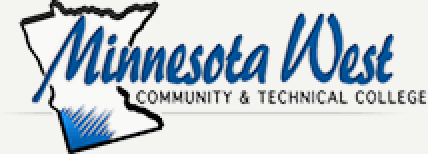PHYS 1100 Survey of Physics
PHYS 1100: Survey of Physics
Description
Survey of Physics includes a general survey of conceptual physics. Topics include a basic introduction to Newton’s Laws of motion, gravitation, physical mechanics, properties of matter, heat, sound, electricity, magnetism, light and nuclear physics. This is mainly a lab activity course for students who have not had high school physics.
Credits
3
Prerequisite
Equivalent of MATH 1107, placement by multiple measures, or instructor permission
Corequisite
None
Topics to be Covered
1. Physics and measurement.
2. Linear and nonlinear motion – speed, velocity, acceleration.
3. Energy and momentum.
4. Rotation, gravitation, and satellite motion.
5. Atomic nature of matter – solids, liquids, gases, and plasmas.
6. Newton’s Laws of motion.
7. Temperature and heat transfer.
8. Vibrations, waves and sound.
9. Electrostatics and electric current.
10. Magnetism and electromagnetism.
11. Properties of light and color.
12. Reflection and refraction of light.
13. Light waves.
14. Atomic physics, fusion and fission.
Learning Outcomes
1. Model physical behavior by performing hands-on activities and experiments.
2. Demonstrate the use of the scientific method, hypotheses, and deductive reasoning.
3. Develop problem solving techniques using mathematical models describing physical concepts.
4. Describe and interpret physical properties in action with real-world situations encountered in their everyday environment.
5. Analyze and interpret data collected in a variety of methods.
6. Define physics concepts and their applications.
Credit Details
Lecture: 2
Lab: 1
OJT: 0
MnTC Goal Area(s): Goal Area 03 - Natural Sciences
Minnesota Transfer Curriculum Goal Area(s) and Competencies
Goal Area 03: Natural Sciences
1. Demonstrate understanding of scientific theories.
2. Formulate and test hypotheses by performing laboratory, simulation, or field experiments in at least two of the natural science disciplines. One of these experimental components should develop, in greater depth, students’ laboratory experience in the collection of data, its statistical and graphical analysis, and an appreciation of its sources of error and uncertainty.
3. Communicate their experimental findings, analyses, and interpretations both orally and in writing.
4. Evaluate societal issues from a natural science perspective, ask questions about the evidence presented, and make informed judgments about science-related topics and policies.
